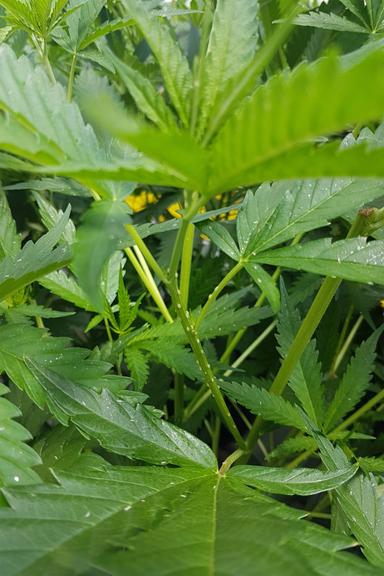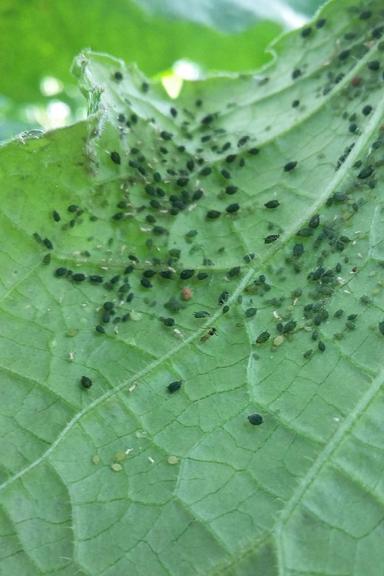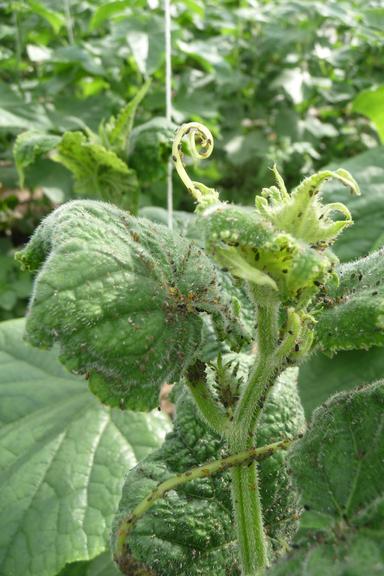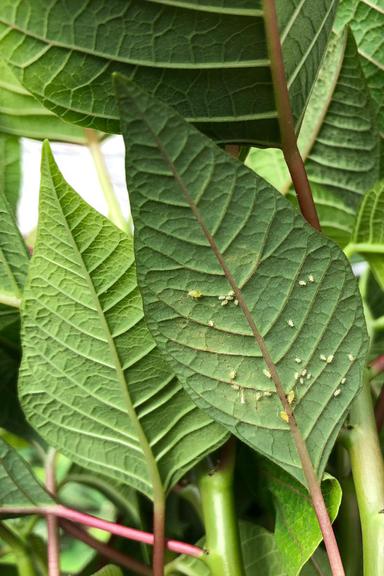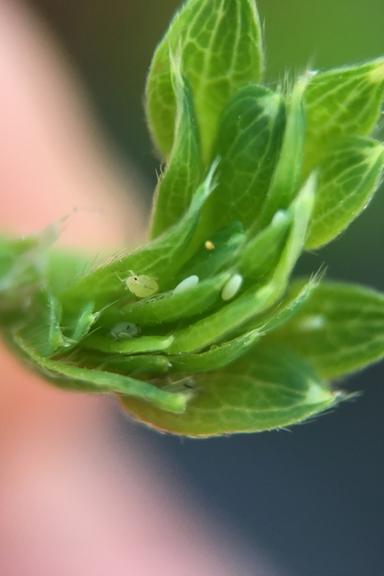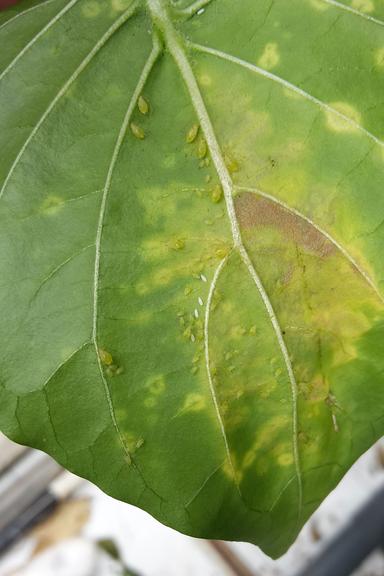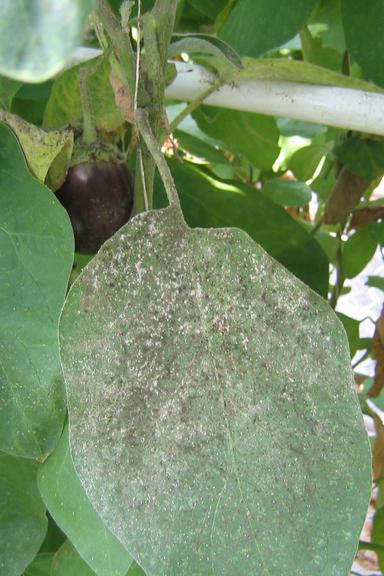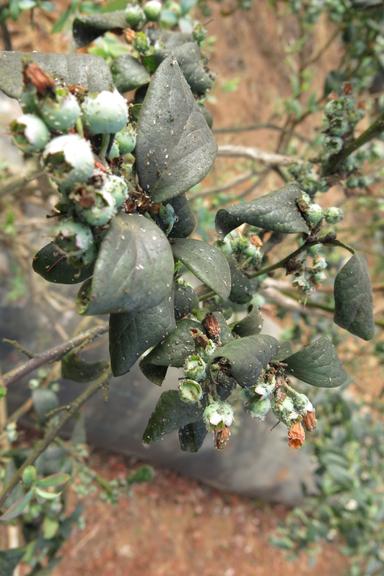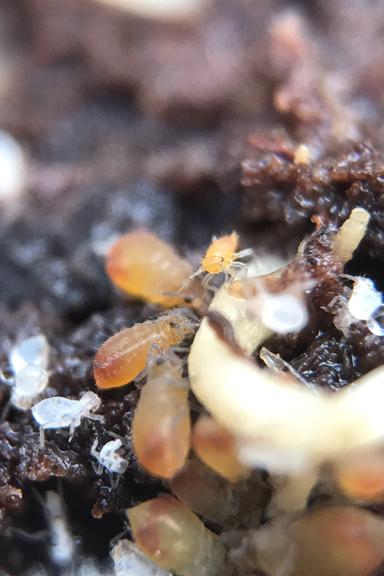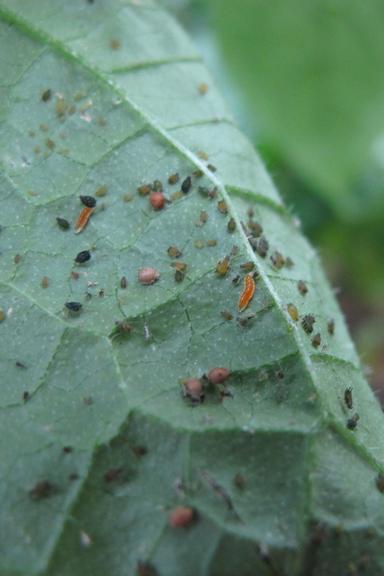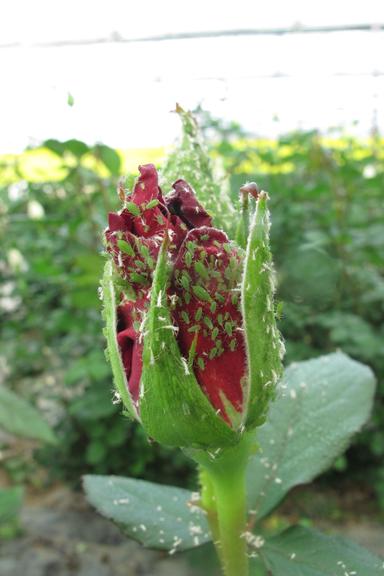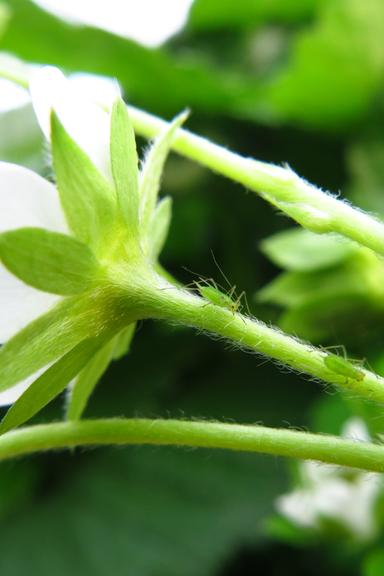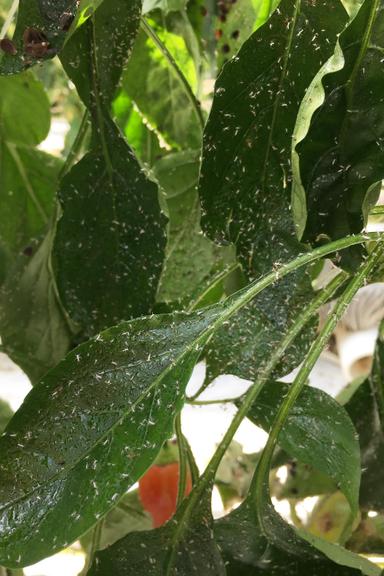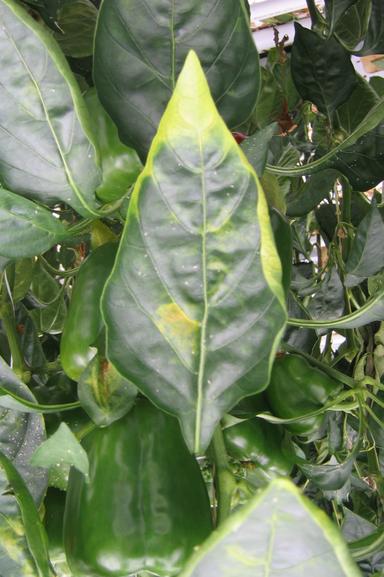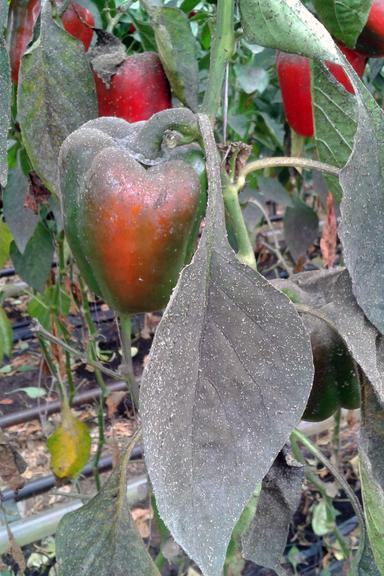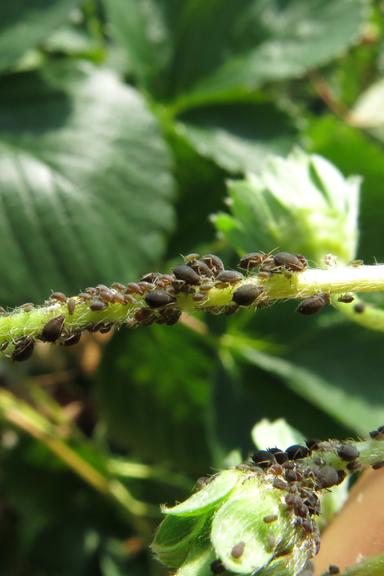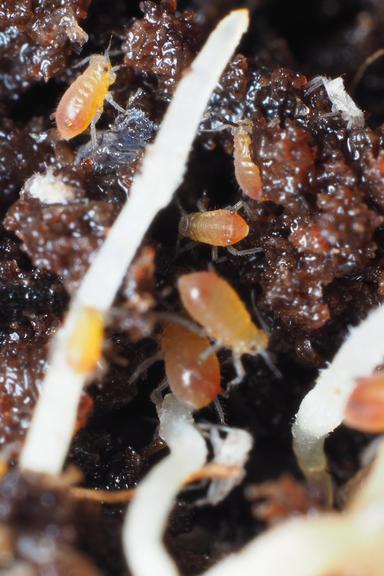
Crop-Scanner
Fast and accurate scouting, personalised IPM advice.
The Crop-Scanner App is ready to increase your scouting efficiency! The Crop-Scanner App is available in Belgium, France, the Netherlands, Morocco, the UK, Canada and the USA. Other countries will follow soon.

Start learning now!
The Biobest Academy is your one-stop knowledge shop for all things relating to Integrated Pest Management (IPM) training. Learn at your pace, from anywhere, anytime.
Join us today to empower your agriculture journey with IPM knowledge and practices, fostering a more sustainable future.
